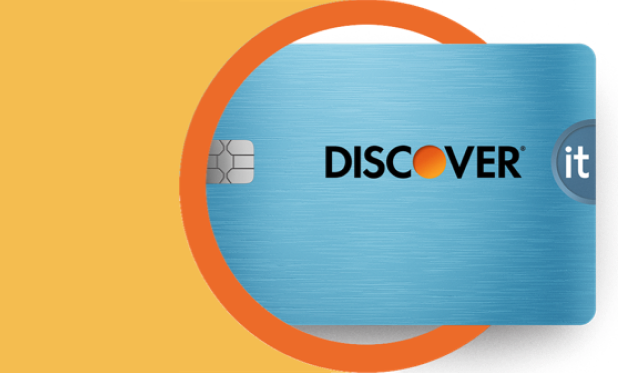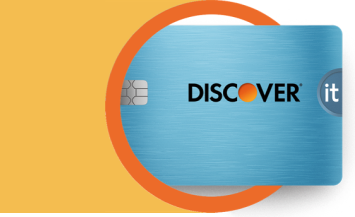Looking at flights for your next vacation or business trip? You may wonder what credit card you should use to get the most rewards when purchasing airline tickets. Booking your flight with a rewards credit card can help you maximize your savings, mile by mile. So let’s compare travel reward cards for airline travel and explore rewards programs, fees, and introductory offers to help you choose a credit card for future flights—wherever they take you.

How to Choose the Best Airline Credit Card for You
5 min read
Last Updated: March 20, 2025
Next steps

See if you're pre-approved

Learn about Discover It® Cash Back Credit Card
See rates, rewards and other info
You may also be interested in
Was this article helpful?
Was this article helpful?




